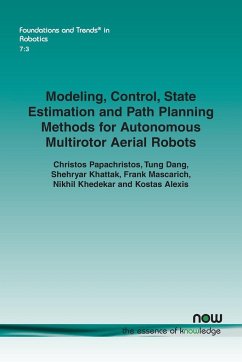This monograph surveys and informs the design and usage of nonverbal signals for human-robot interaction. With robots increasingly being utilized for tasks that require them to not only operate in close proximity to humans but to interact with them as well, there has been great interest in the communication challenges associated with the varying degrees of interaction in these environments. The success of such interactions depends on robots' ability to convey information about their knowledge, intent, and actions to co-located humans. The monograph presents a comprehensive review of literature related to the generation and usage of nonverbal signals that facilitate legibility of non-humanoid robot state and behavior. To motivate the need for these signaling behaviors, it surveys literature in human communication and psychology and outlines target use cases of non-humanoid robots. Specifically, the focus is on works that provide insight into the cognitive processes that enable humans to recognize, interpret, and exploit nonverbal signals. From these use cases, information is identified that is potentially important for non-humanoid robots to signal and organize it into three categories of robot state. The monograph then presents a review of signal design techniques to illustrate how signals conveying this information can be generated and utilized. It concludes by discussing issues that must be considered during nonverbal signaling and open research areas, with a focus on informing the design and usage of generalizable nonverbal signaling behaviors for task-oriented non-humanoid robots.
Hinweis: Dieser Artikel kann nur an eine deutsche Lieferadresse ausgeliefert werden.
Hinweis: Dieser Artikel kann nur an eine deutsche Lieferadresse ausgeliefert werden.








